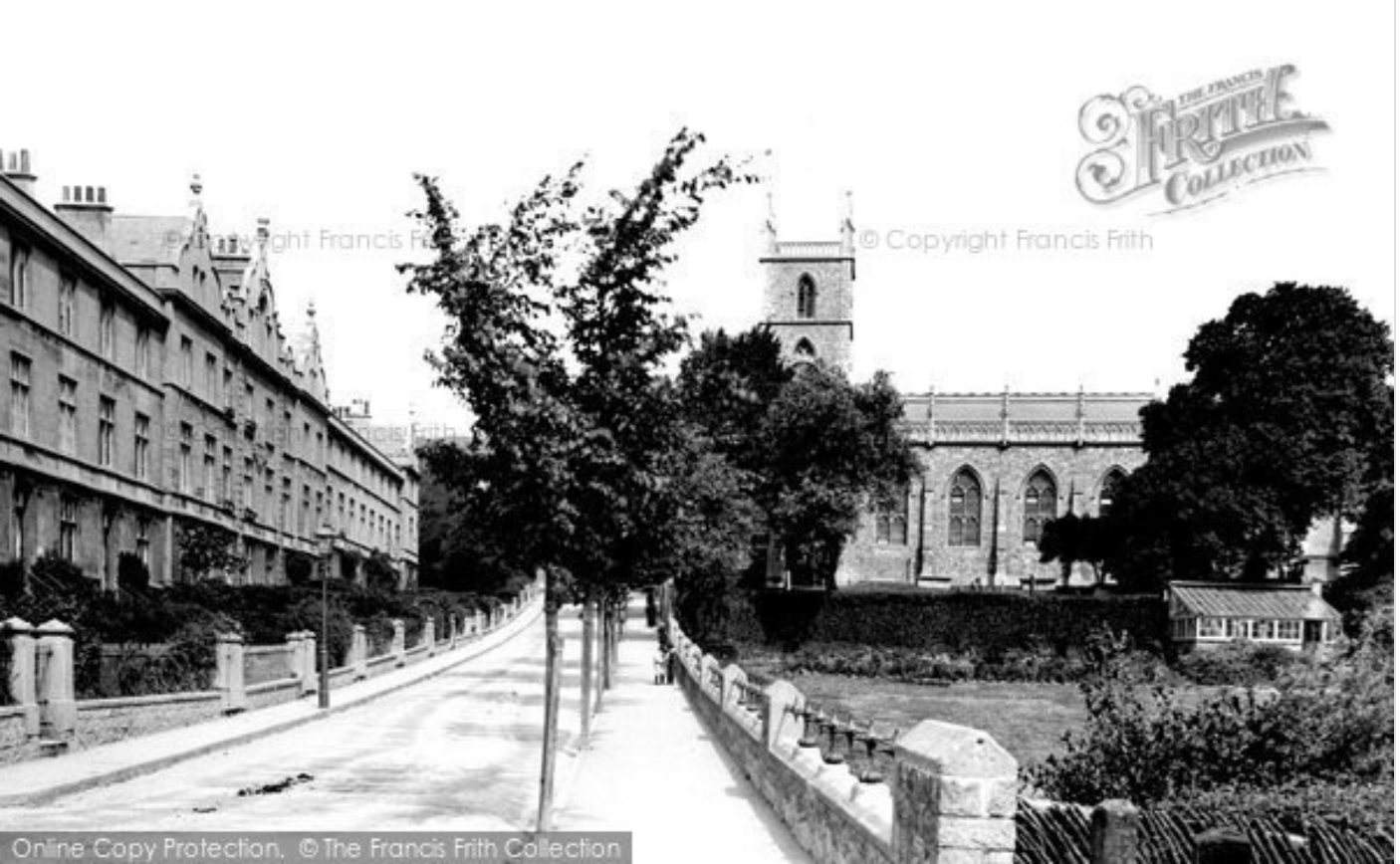
Please Note: This post is currently a work-in-progress and in draft form.
In the early 1800s Weston was a small windswept village, consisting of about 30 houses located behind the sand hills which fronted the sea with a population of about 100. Sea bathing was now fashionable and Weston was the nearest coastal resort within easy each of a road for the residents of Bristol and Bath. Initially visitors would rent rooms or even a whole house from local people. The first hotel opened in 1810 and the first guide book for visitors was published in 1822, by which time the population had grown to 735.
With the opening of a station in Weston in 1841 (part of Isambard Kingdom Brunel’s Bristol and Exeter railway), Weston was set to become one of the centres for the now popular Victorian seaside holiday with thousands of visitors coming from Bristol and the Midlands for works outings and Bank holidays. The population of the town grew to nearly 20,000 by the end of the 1800s.
1841 saw the railway arriving at Weston encouraging holiday traffic to and from the town and this led to a rapid increase in the resident population between 1841 and 1851. It rose from 2103 to 4034, having been only a little over 100 in 1801.
The Improvement and Market Act of 1842 saw 18 local commissioners appointed with extensive powers to improve the town. From then on no new dwelling could have a thatched roof, front doors must open inwards and gutters and downpipes were made compulsory so that passers by did not get drenched. Local entrepreneurs were quick to grasp the opportunity for growth and prosperity in Weston.
From http://www.wsmfhs.org.uk/journals_view.php?ti=0&nID=60
A Visit to Weston-super-Mare in 1819
I enquir’d for books, there were but two in the town was the reply … a Bible and paradise Lost.” So wrote Mrs Thrale Piozzi during her stay at Weston in 1819. She was one of the cleverest women of her day and a great friend of Dr Johnson.Her letter was included by Ernest Baker in a reprint of Weston’s first guidebook, dated 1822, which in its comments on the young resort’s attractions frigidly declared: “Health and not dissipation begin the lure which Weston-super-Mare holds out, public amusements are few. There is, however, a billiard room at the Hotel, and a reading room, commanding a fine marine view, at the Knightstone Baths, where newspapers are taken daily.”It was long thought that the earliest guidebook to Weston was that by John Rutter, published in 1829. One day, however, local historian Ernest Baker came across the earlier one, dated 1822.He had it reprinted, and in the preface to it he wrote that: “so scarce, so quaint, and so curious did I find the little book, that I decided I would not bury it in my library, but would reprint it in a very cheap and popular form for the benefit of my fellow townsmen, and the descendants of ‘The inhabitants of Bristol, Bath, and their vicinities’, to whom it was originally dedicated by its anonymous author.”Mr Baker printed Mrs Piozzi’s fascinating letter – the first recorded letter by a visitor to Weston.Addressed to Sir James Fellowes at Bognor, the letter included the following: “I feel delighted Dear Sir that you have not forgotten me; some Ladies that I met upon the sands last night said Sir James Fellowes had mention’d my name at gay and fashionable Bognor. This little Place is neither gay nor fashionable yet as full as an Egg, insipid as the White on’t and dear as an Egg o’ Penny. I enquir’d for Books, there were but Two in the Town was the reply … a Bible and Paradise Lost … but I don’t care about that.”… The Breezes here are most Salubrious; no Land nearer than North America, when we look down the Channel; tis said that Sebastian Cabot used to stand where I now sit and meditate his future Discoveries of Newfoundland. Who would be living in Bath now? The Bottom of the Town a Stewpot, the top a Gridiron, and London in a State of Defence or Preparation for Attack or some strange Situation, while poor little Weston is free from alarms ….” The Guide to Weston of 1822 opens by stating that Weston is already ‘a fashionable summer retreat’, and that the census of the previous year showed that its population was 735. It assays that a few years earlier the place consisted of only a few huts, and that the inhabitants gained a living by fishing.It sets the pattern of Weston guidebooks down the years by extolling the health-giving quality of our famous air: “The air is soft but bracing, and is peculiarly efficacious to those constitutions with which the Devonshire coast disagrees; though it is so balmy that even when blowing a hurricane, it imparts strength to the invalid.”It acknowledges that Weston at that time did not present a very inviting appearance: “The houses, scattered mostly without arrangement, and roofed with red tile, give a character of meanness to the village,” it says, “and if a stranger first enters it on a stormy day and at low water, he may perhaps feel inclined to turn his horses’ heads towards home again. However, a walk to Claremont Lodge and over the hill, would even then convince him that Weston has at all times attractions; and his surprise at the metamorphosis will be great if he patiently awaits the flowing tide.”On a fine summer evening nothing can be more beautiful than the scene which it presents: numerous groups walking on its extensive sands, a variety of carriages of all descriptions, horses, ponies, donkeys, wheel chairs, etc., fishermen shrimping, and the villagers enjoying the high tide after the labours of the day; whilst the distant coast of Wales, the white sails of the vessels in the harbour of Cardiff, the Steep and Flat holms, and the setting sun … form a most interesting coup d’oeil. As the shades of evening draw on, the light-house on the Flat Holm, now on new construction, attracts attention.”At that time the main route into Weston from Bristol was apparently still the old Bristol Road over the hill, and the writer of this first guidebook to the resort describes the view as Weston comes into sight: “Passing through the ancient village of Worle, the traveller ascends a hill, within two miles of Weston.”Here nothing can be more striking than the variety of the scenery on a fine clear day; before him lies the Channel, covered with vessels; the Steep and Flat Holms, and the Welsh coast, on the right, the bleakest and coldest looking hill, whose top is strewn with stones of a greyish hue, which imagination may form into the remains of the winter’s snow; behind him lies the richest and most extensive vale, covered with villages and gentlemen’s seats, etc. On the left lies the village of Weston-super-Mare, situated in a valley, and sheltered by hills, except on the west where it is open to the sea.”With the immense trade of Bristol, the huge coal exporting of Cardiff and other Welsh ports and, of course, smaller craft to carry the cargoes, there must at times have been dozens of ships in full sail beating up and down the Channel.The guide goes on to refer to the accommodation available. This includes that at Fry’s Hotel, ‘a large square house, near the sea’ this being Weston’s first hotel now under different proprietorship. The Plough Hotel, in High Street, or The Street as it was known, had also made its appearance.The Verandah House, in the hotel fields, was ‘a favourite lodging’, and Verandah Cottages were let for from two-guineas-and-a-half to three guineas a week. Wellington Place was a row of houses with gardens in front “divided from the sands by a small field: each of these let at from two to three guineas a week.” Regent Place, leading to the sea, contained many houses and lodgings of different sizes and prices.The days of Weston’s tiny village church were numbered. The guide comments: “In consequence of the very great increase of the place, it is now too small for the accommodation of even the inhabitants; but it is hoped that measures will speedily be adopted to remedy this evil. A munificent donation of a thousand pounds has been liberally subscribed for this purpose by the lord of the manor, the Rev Wadham Pigott, of Brockley; an example so laudable, we trust, will not remain without imitation. There is service twice every Sunday, at half-past ten in the forenoon, and at half-past two in the afternoon.”Bathing facilities in village Weston, as one might expect, were extremely modest. In her letter Mrs Piozzi mentions that: “We have swarms of Babies here, and some bathe good-humouredly enough, while others scream and shriek as if they were going to Execution.”The guide tells us: “On the sands are three machines, which can be used except at low tide. The hour of bathing is regulated by the tide, and may be ascertained with tolerable accuracy by referring to an Almanack; high water at Weston-super-Mare being about three quarters of an hour earlier than at Bristol Dock Gates. There is bathing at Anchor Head, at all tides; it is about a quarter of a mile from the Hotel, very near Claremont; a beautifully situated lodging house.”Hot and Cold Baths are now erected on Knightstone. To the enterprising spirit of Mr Howe, the proprietor of Knightstone, Weston is under great obligations. To him it is indebted for these baths, which have been erected at a very considerable expense …. The price of a hot bath is three shillings, and one shilling for a cold bath. In Somerset Place a hot bath is opened, attended by Mrs Gill, one of the original bathing women of the place. A shower bath may be procured at Knightstone and at Somerset Place.”And what amusements were there at Weston in the early 1820s? In addition to the billiard table at the Hotel, and the reading room at the Knightstone Baths, our first guide also mentions “…two pleasure boats – the Princess Charlotte, Mugglesworth, Master; and the Mary, Burge, Master – are kept for hire by careful and experienced fishermen. Jaunting cars, wheel and sedan chairs, ponies, and donkeys, are to be hired in the village; in the environs of which are many beautiful drives.”For those for whom these manifold attractions were not enough the guide recommended the study of conchology, or seashells, although it admitted there were only seven varieties to be found.Knightstone was then an island, and the guide says: “Knightstone is another favourite walk; it is a rock joined to the village by a bank of pebbles, thrown up by the sea. At high tides it is an island of about a quarter of a mile, or less, in circumference, and the unwary stranger has frequently been detained some hours here, but a boat is always in attendance.”A Reading Room, Hot and Cold Baths, and A Lodging House have been erected by a spirited individual, who purchased the island for that purpose.”Three years ago Knightstone was a useless rock, and Legend says was the burial place of a Roman knight, from whence it derives its name. When it was blown preparatory to these buildings, some bones of gigantic size were discovered, and it is supposed were those of the knight whom tradition says was interred here.”Knightstone produces a coarse kind of marble, which answers well for chimney pieces. Specimens of this marble adorn almost every house in Weston-super-Mare.”At Spring Cove just below Kewstoke tollgate there used to be a remarkable rock formation through which the tide gushed, causing a sound like tremendous sighs. The 1922 guidebook says: “The tide rushing through the cavities, produces an extraordinary sound, and, in one spot, forcing its ways through a fissure in the rock, and then foaming over, it resembles a boiling kettle, which name it bears. The best time to observe this curiosity is when the tides are rising.”The sighing rock was destroyed by a landslide in later years.Just think what the Borough Council would make of this feature if it existed today. It would no doubt be boxed in, with entrance by turnstiles on payment of a fee!*
This article, edited by Jill Bailey, was originally published on June 23, 1967 in the Weston Mercury. It was accessed again in 2019 HERE.
Information on Weston from the Civic Society
Victorian Weston contained people from nearly all social
classes, and this is reflected in its buildings. Apart from the
detached villas and fashionable terraces and crescents of
the gentry and professional men who stayed at Weston,
there are the solid and imposing premise-s of local shopkeepers and businessmen in the main streets; the side streets
occupied by the smaller shopkeepers and master craftsmen;
and finally the streets inhabited by labourers, porters,
domestic servants and other unskilled or semi-skilled
workers. These lower orders lived ,in streets and alleys never
mentioned in the guidebooks and probably never visited by
most of the well-to-do; they formed a separate community
-‘the other Weston.’ When the fields and common land of
the village were enclosed between 1810 and 1815 the first
portion of land to be sold was the area now bordered by
Regent Street, Beach Road, Carlton Street and High Street
South. The frontage facing the sea was quickly filled with
the lodging houses of Beach Parade, but inland developed
the town’s first working class community, and almost the
whole tract o,f land was covered with buildings by the 1850s.
The arrival of the railway in 1841 reinforced the working
class character of this end of town while bringing in more
and more visitors and settlers. work on the new line was
supervised for the Bristol and Exeter Railway Company by
lsambard Kingdom Brunel (1806-59), the great railway
engineer and designer of the clifton suspension Bridge and
the s.s. Great Britain, who stayed in weston while the work
was in progress. lt is said that influential residents, concerned to protect Weston’s image as a health resort,
objected to the original plans for bringing the main line
through the town and taking it over the River Axe at Uphill,
so it passed Weston by on the open moorland; a branch line
brought passengers from ‘Wessun Junction’ to the first
station in Alexandra Parade (part of the route is preserved
by Winterstoke Road). The building of the railway brought
an invasion of rough, wild railway nawies who terrorised the
district for many months. The long term results were even
greater” ln the next twenty years the population of Weston
jumped from 2,105 in 1841 to 8,033 in 1861. Apart from
accommodation for the visitors and settlers, room had to be
found for the growing numbers of workpeople who were
needed, among other things, to build the dozens of new and
fashionable residences of this period. But by this time the
old working class area was practically full, and to the east
expansion was blocked by the Whitecross Estate of Richard
Parsley.
He was one of the principal developers of early
Weston, builder of the first hotel, and had acquired this vast
tract of flat land as a result of the Enclosure Act, which had
divided up the open fields and common lands of the village
among local landowners” Parsley’s estate stretched from
Locking Road to Moorland Road behind the sand dunes.
ln the 1850s the problem of finding room for the growing
working population was solved by the development of the
area around Meadow Street. This was one of the old village
lanes leading to, Meadow Farm and half a dozen cottages,
but once building began it rapidly became the main artery
of Weston’s second working class and artisan community_.
Most of these, streets were laid out within a few years. They
consisted largely of terraces, most of which have survived;
some have modern shop frontages, but a glance upwards
can reveal original details, including names and dates. These
two-storey blocks are often surprisingly elegant. ln most
cases brick was used, but plastered over and sometimes
scored to give the appearance of Bathstone blocks.
available from local quarries, with doors and windows edged
with, softer freestone for precise shaping and ornament.
Many terraces had corner-shops purpose built at the ends of otherwise residential streets, important institutions both
socially and economically. This Meadow Street area is not
sufficiently valued nowadays. As a Victorian working class
enclave surviving relatively unspoilt, it forms an interesting
and historically important part of the town” Nearly all the
buildings in this area are capable of sympathetic adaptation
and redecoration, and their re-use makes better Sense than
ever in the light of present economic conditions.
By the middle of the nineteenth century the local village families, the Boards, Harveys, Hancocks, Days, Counsells and Pooles were vastly outnumbered by newcomers.
Most of the working class arrivals were country people from
neighbouring villages.
One immigrant from the Somerset countryside was James Palmer, who in 1830, at the age of eighteen, came from Lympsham and eventually started a
boot-making business. His son Rufus was born in 1846 when
the family was living in St. James Street, and the autobiography which Rufus wrote towards the end of his life
affords a fascinating glimpse of Victorian Weston. As a shopkeeper James Palmer was more ‘respectable’ than many, one
of the lower middle class who might ‘better himself,’ might belong to a church or chapel or an educational institute who might even own his own home. For many the prospects were not so bright. The seasonal nature of many jobs throughout tilt…security, and there was real poverty in the working class districts. Heavy drinking was common at weston, despite the work of the Temperance Society which was first established here in 1840. But pubs, like corner shops, were
important social centres, and the landlords important figures.
Many of the victorian pubs play the same role in the life of the community today.
Pottery, brick and tile making was the only large scale
industry at weston, first found in the 1930-s. Thie biggest
concern of this sort was Charles Phillips’ Royal Potteries, far
out of town, with its workers forming separate communities
along the Locking Road. Established in ….., the firm came
to enjoy an international reputation; its pots received an ‘Honourable Mention’ at the Great Exhibition of ….., and it
was called Royal because it supplied the royal parks. Many
examples of its work can be seen in the town: flowerpots
and garden urns, roof tiles and terracotta figures. Most
houses in weston built after the 1840s, though, were roofed
with grey welsh slates, widely used once rail transport was
possible. The railway exported stone and lime from local
quarries, and also carried some coal, brought from Wales by
steamer to Knightstone Harbour.
Many of the working people of Weston were in the various building trades during the years of rapid expansion. Skilled masons or carpenters
might earn between 15 shillings (75p) and t1 per week in
the middle of the century. There were still numerous agricultural labourers in Weston, employed on local farms or in the market gardens that had not yet been sold for building.
There were also many servants for the well-to-do. Women
worked as well as men: laundry women might earn as much
as 1sh.8d. (8p) a day if they worked from 6 am to 7 pm.
The only occasion when the distinction between rich and
poor was forgotten was the ‘Wessun Revel. ‘This local
festivity, with games and races, was held on the last Thursday in June, originally on the hotel field (now the Winter
Gardens), and later on the beach. ‘On these great occasions,’ wrote Palmer, ‘treacle pies, ginger beer, spice, nuts
and gilded ginger-bread, besides dolls and fancy goods, to
say nothing of Punch and Judy, appeared in all their glory,
and as this only occurred once a year it was made the most
of, and we youngsters looked forward for months to “Wessun
Revel”‘. Even those whose lives were really hard found some
compensations, and for local boys like Rufus Palmer, Weston
was not a bad place in which to grow up. The streets themselves, with their sights, sounds and smells, were alive with
activity and bustle, and the centre of Weston presented a
Dickensian scene, full of colourful local characters. And for
the poor as well as the rich, the beach and the countryside
were never fa’r away.
The Weston Worthies
The Weston Worthies are a collection of portraits, owned by the Weston Museum but currently (in 2019) in Taunton at the Somerset Heritage Centre. They depict a number of people from the 1800s who were thought to make significant contributions to the town.
Pat Hase of the Weston-super-Mare Family History Society has researched them and collated a list of the portraits.
She says “There are 40 of them and there is a pencilled name on the back of each but as we are not sure when that name was written there is a little doubt over the identity of some of them. At least two of the names have proved to be incorrect. One labelled as William MILES has been identified from other paintings as his father Philip John MILES. Ann GIBBONS said on the back to be the first postmistress in Weston is most probably her daughter Mary GIBBONS. I understand that the paintings are currently in the Somerset Heritage Centre at Taunton while work is being undertaken at Weston Museum. Please contact me if you have an interest in any particular name – I have done some basic research on the majority of them and am keen to add to it if possible.”
| Surname | Forenames | Birth | Death | Maiden Name |
|---|---|---|---|---|
| BAKER | Samuel | 1796 | 1875 | |
| BARRY | Thomas | 1806 | 1868 | |
| BARRY | Harriet (Mrs) | 1808 | 1880 | DERRICK |
| BURGE | James | 1780 | 1857 | |
| BURGE | Ann (Mrs) | 1784 | 1861 | GOULD |
| BURGE | Joseph | 1777 | 1856 | |
| COOMBES | George | 1789 | 1871 | |
| COUNSELL | Isaac | 1746 | 1831 | |
| DARE | James | 1811 | 1892 | |
| FRY | Richard | 1780 | 1855 | |
| GIBBONS | Ann or Mary | |||
| GILL | George | 1802 | 1870 | |
| GOULD | Hannah (Mrs) | 1764 | 1844 | BEACHAM |
| GREGORY | John | 1788 | 1855 | |
| HANCOCK | Cornelius | 1764 | 1855 | |
| HARRIS | John | 1775 | 1855 | |
| HARRIS | Elizabeth (Mrs) | 1764 | 1855 | PIMM |
| HARSE | George | 1819 | 1861 | |
| JARRETT | ? | |||
| KINGDON | Christopher | 1789 | 1865 | |
| KITCHEN | (Mrs) | |||
| LIGHT | John | 1802 | 1872 | |
| MUGGLEWORTH | Richard | 1777 | 1855 | |
| MUGGLEWORTH | Elizabeth (Mrs) | 1777 | 1845 | LIGHT |
| MARTILL | Frederick | 1813 | 1898 | |
| MAUNDER | John | 1802 | 1875 | |
| MILES | Philip John | 1774 | 1845 | |
| NORVILLE | Samuel | 1777 | 1855 | |
| PARSONS | John | 1783 | 1859 | |
| PARSONS | John | 1823 | 1879 | |
| PEARCE | Isaac | 1812 | 1877 | |
| PHILLIPS | Charles | 1816 | 1894 | |
| QUARRELL | Richard (Rev) | 1798 | 1862 | |
| READ | George | 1818 | 1890 | |
| ROGERS | Thomas | 1811 | 1881 | |
| SERLE | Samuel | 1803 | 1869 | |
| STONE | (Capt) | |||
| SYNGE | Francis Hutchinson | 1788 | 1854 | |
| WILLIAMS | Henry | 1821 | ||
| UNKNOWN | ? |
From http://www.wsmfhs.org.uk/research_forum_view.php?nID=90
Web Resources & References
There are some excellent local history walking guides available on the Weston Civic Society website here: https://www.westoncivicsociety.org.uk/newpage
Information about the local Weston quarries and what the locals of Weston would have heard https://cdn.website-editor.net/2bfe9d40bf5b448f8975475433b1af06/files/uploaded/Leaflet%2520-%2520Town%2520Quarry.pdf
Please Let Me Know You’ve Visited
If you have enjoyed reading this post, please leave me a comment below, even just something brief. Family history hunting can be fascinating, but often no one else is interested except the person doing the research, so it’s always really lovely to find out when someone is!
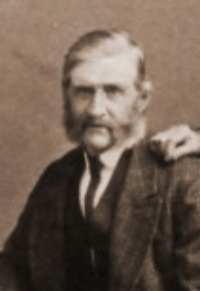
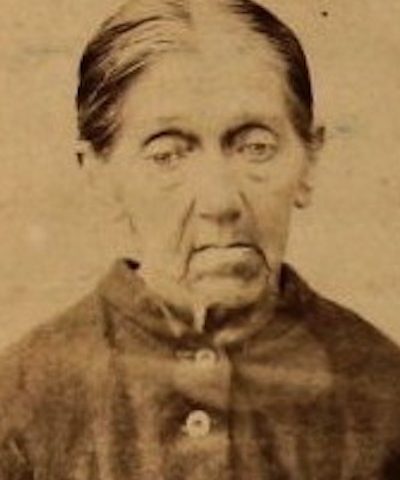
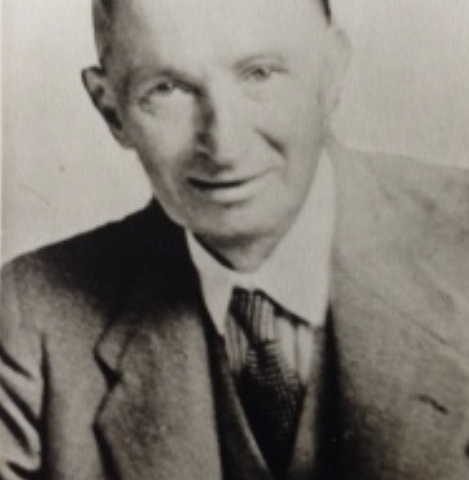
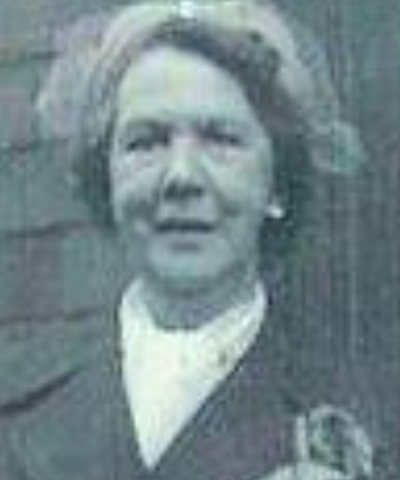
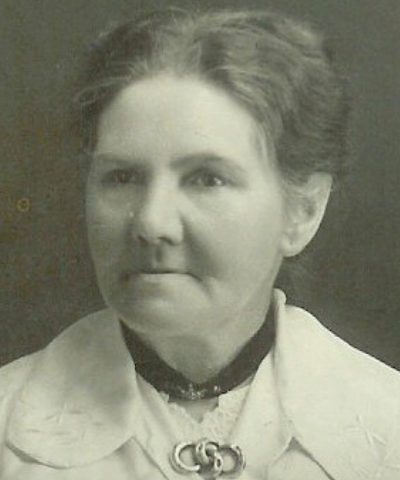
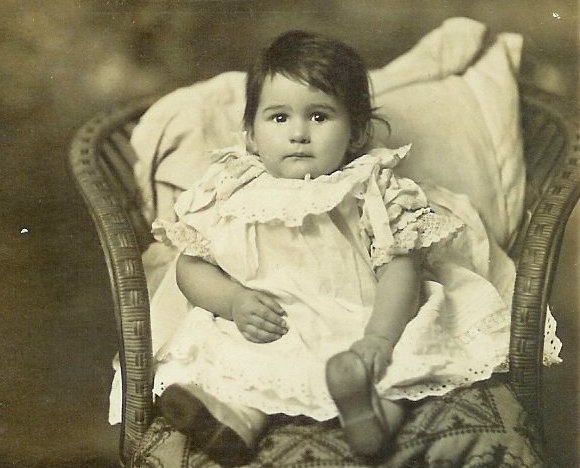
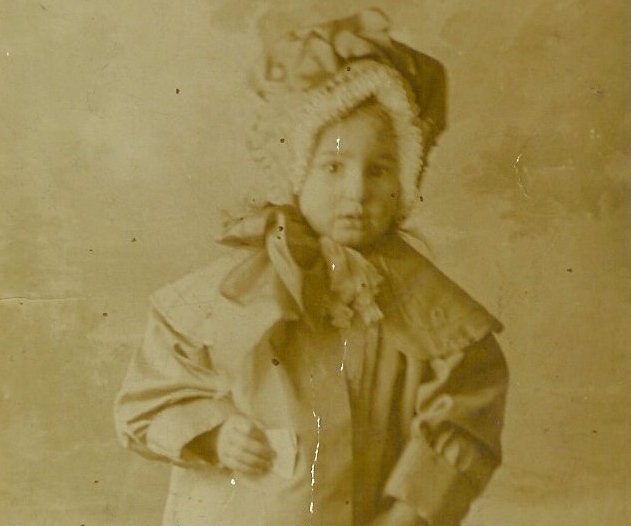
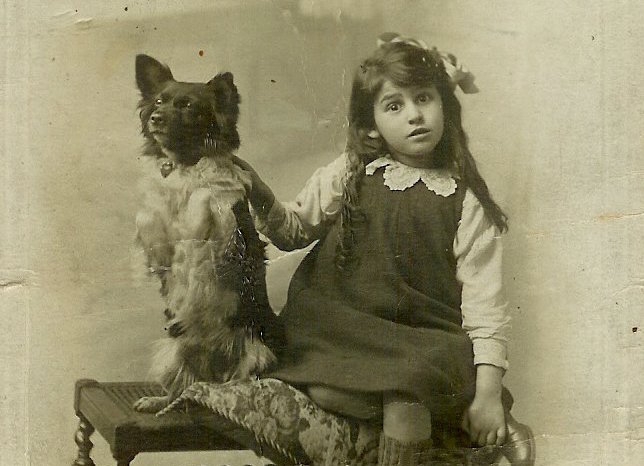
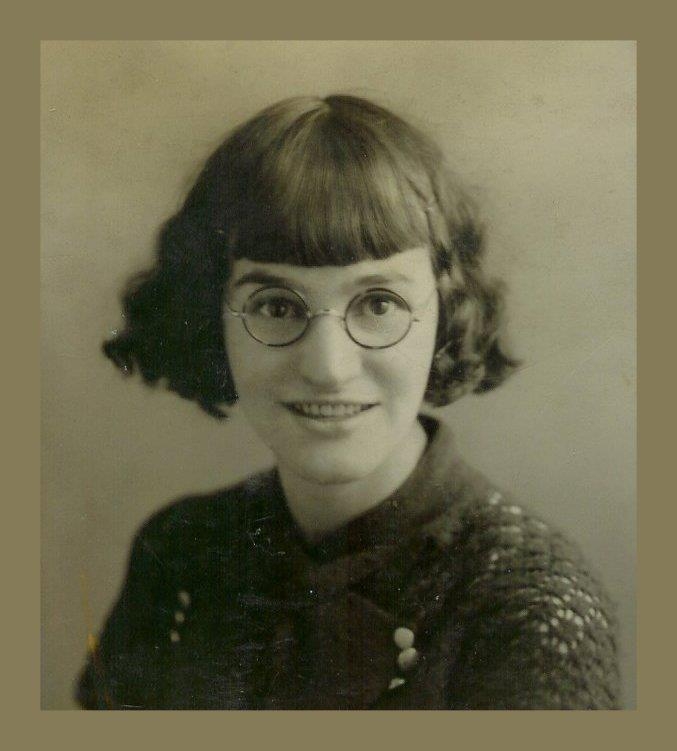
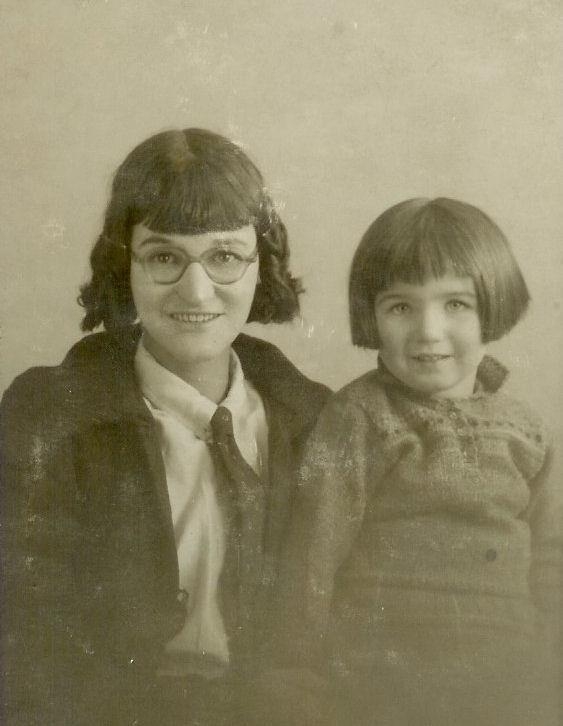
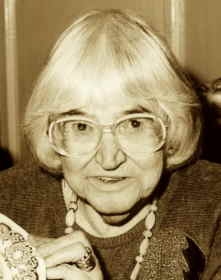
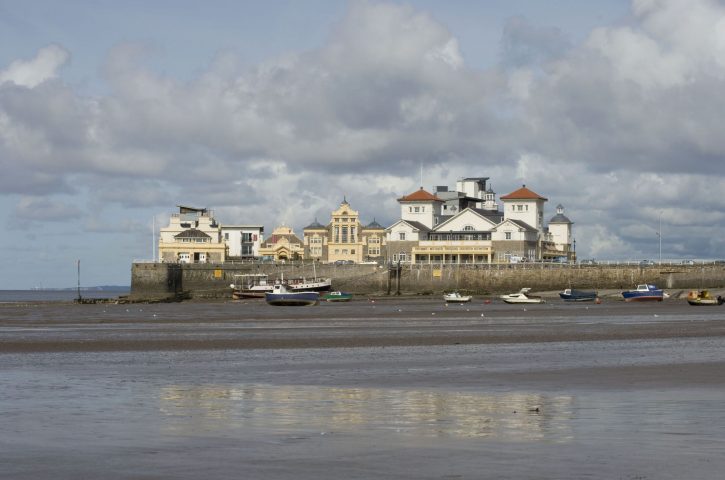
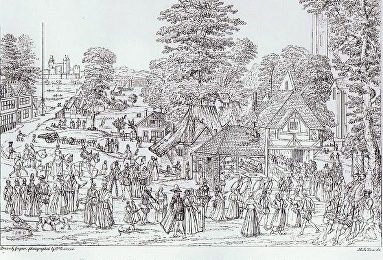
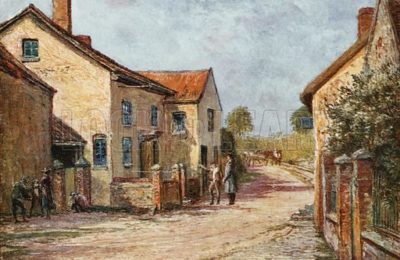
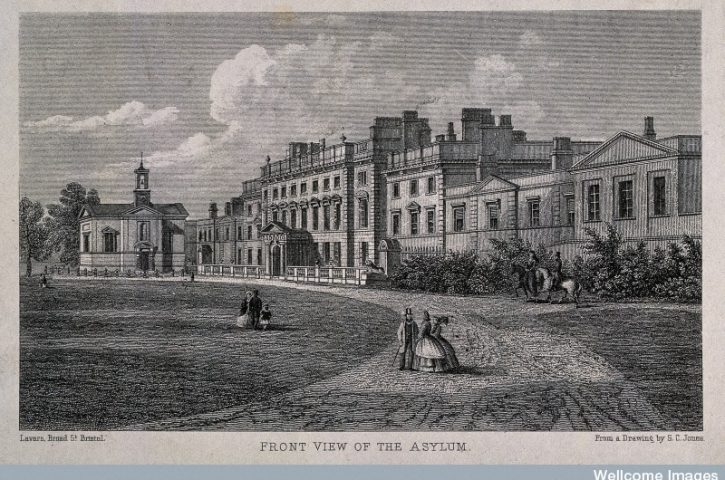
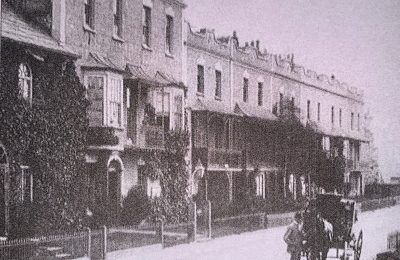
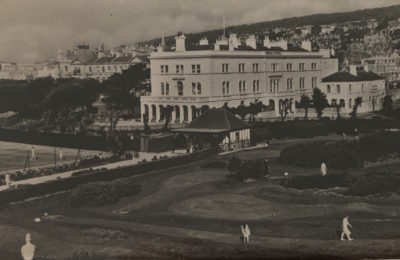
So interesting! I came across this whilst researching Clairemont bathing lodge
Hi Sally, I’m glad you found it interesting. What’s your interest in the bathing lodge? Do you have family history connections in the W-s-M area?
Hi there. Just curiosity!! I live in Weston and am fascinated by the remains of Weston past. ( Sparked by seeing the remains of a swimming pool near Anchor Head) I re-read your column again today ad I was looking for Verandah House..love reading it from the horses mouth as it were, the guests and residents of Weston padt
I found this site by accident looking for Falmouth Lodge, Weston-super-Mare. I have been researching my family tree in Weston for many years and can go back to 1746. I am related to the Late David Gill one of the first town Councillors of Weston, also related to Mrs. Gill you mentioned earlier. Also my family donated a drawing of David Gill to Weston Museum in 2014 after the death of my late aunt, the drawing was found in the loft of my grandmothers bungalow in the mid 1990’s. My family owned several businesses around Weston and surrounding areas. Please contact me if you want to know more.
Hi Sarah! I’m so sorry I only just saw your message! My own ancestors, Richard Fry and Joseph James, would have known yours then I’m sure as they were also among the town’s first councillors, town commissioners I think they were known as. I’d love to know what businesses your family owned as my own ancestors also had many business concerns and built several buildings etc. I’m going to Weston-super-mare to visit very soon and hoping to go into the museum!
Thank you for such an interesting overview of the history of Weston. We moved here in 2020, during lockdown – whilst researching my London family- I was astounded to find that my great, great aunt had been a matron of a nursing home in Clifton Road in 1891. We now live in the next road! What an amazing coincidence. I am trying to find out about the nursing home which was listed on the 1891 census as being next door to Rock House, Clifton road. I will continue to search.
Wow that is an interesting coincidence!! I am coming to Weston-super-Mare soon for a visit, and giving a talk at the family history society in the summer!